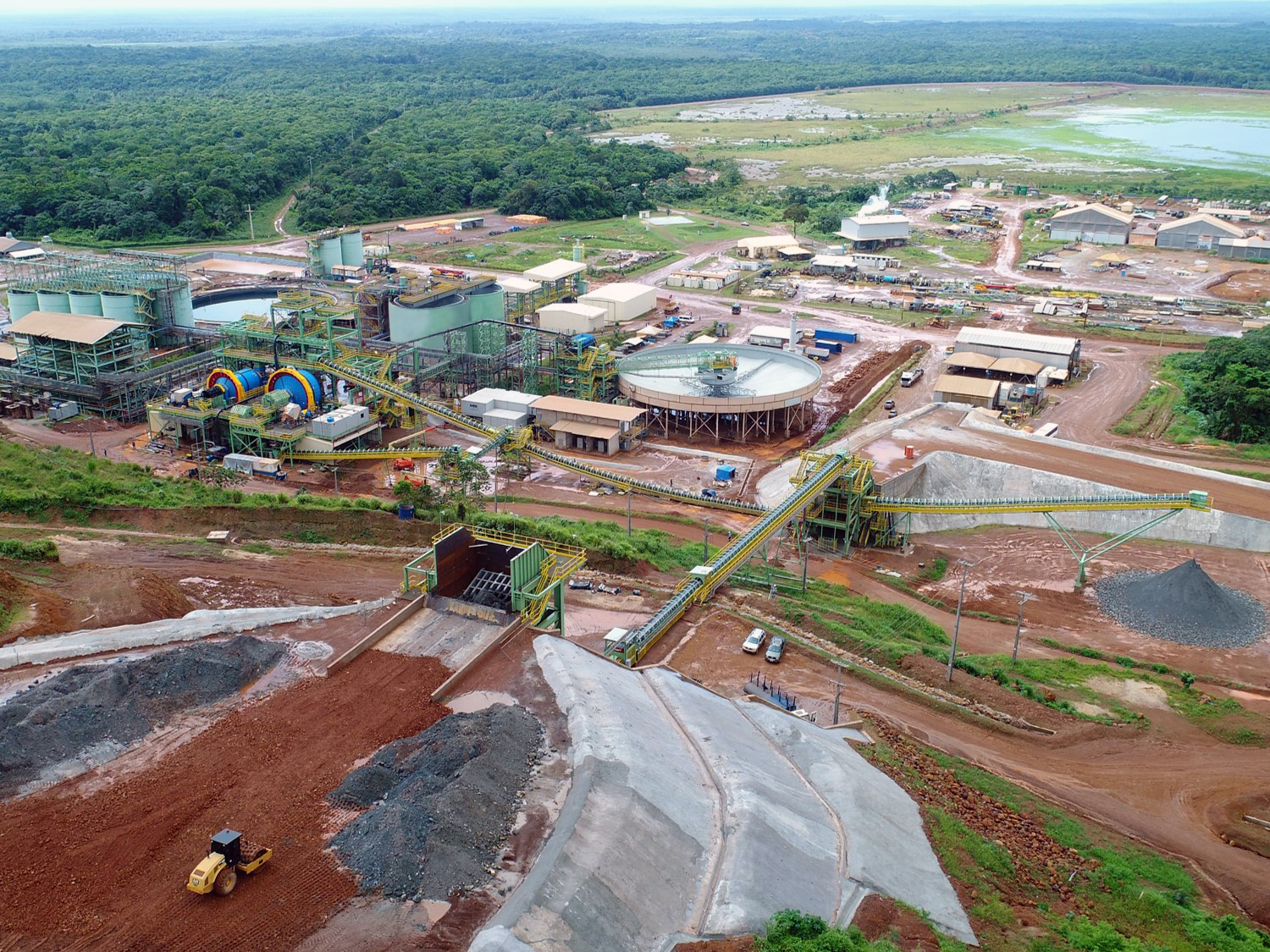Australia’s fledgling batteries downstream sector at a crossroads
Liontown managing director, Tony Ottaviano, at Diggers & Dealers 2024. (Image courtesy of Diggers & Dealers Mining Forum.)
Australia’s efforts to establish a downstream lithium sector were dealt another blow last week when Albemarle (NYSE: ALB) suspended parts of its Kemerton hydroxide plant, south of Perth.
The Kemerton facility was planned to have four 25,000 tonne-per-annum production trains, with the first two being completed in 2022, later than expected and over budget.
Following a review prompted by weak lithium prices, Albemarle suspended construction of the A$900 million Train 3 and will idle Train 2, shifting its focus to the ramp-up of Train 1.
Other market players have had their quota of challenges. Tianqi Lithium and IGO Ltd. (ASX: IGO) have struggled to ramp up their Kwinana hydroxide plant, in an industrial area outside Perth, since it was restarted in late 2021.
IGO CEO Ivan Vella told reporters on the sidelines of the Diggers & Dealers Mining Forum in Kalgoorlie this week that although Kwinana’s performance has improved, it remains a difficult operation.
“If we look into the industry, and obviously Albemarle’s decision, it shows you just how challenged it is,” Vella said. “The margins are very low, and there’s a lot of stress on the industry.”
Canaccord Genuity analyst Tim Hoff told MINING.COM other downstream sectors, including nickel and alumina, had felt the same stress.
“I think that’s going to remain really difficult in Australia. We simply don’t have the right cost structures,” he said. “We simply don’t have the right industry structures to really succeed and place our players well.”
Importance of good partners
Liontown Resources (ASX: LTR), which produced in July its first spodumene from its Kathleen Valley mine in Western Australia, is collaborating with LG Energy Solution and Sumitomo on building a downstream facility.
“We are still strong with that element of our strategy,” Liontown managing director Tony Ottaviano said. “We still believe it’s the value-maximizing pathway.”
Ottaviano said the outcome was dependent on partnerships, location of the plant and the product it produced, pointing to Albemarle’s concerns around WA product not being compliant with the US Inflation Reduction Act.
“We won’t have that issue,” he said.
Vella said he wasn’t nervous about the prospect of IGO being blocked from receiving subsidies due from its Chinese partner.
“What we’re trying to do is build Australian assets for Australia, Australian jobs, Australian supply chain, Australian industry that has strength and longevity,” he said.
“Where that capital comes from shouldn’t really be a big determinant of how the government might contribute towards it – that will be something they’ll work through.
“But fundamentally, we have to make the decisions based on a good business case and it has to be competitive on its own right, so if you really live and die on some subsidy, I think that’s a very dangerous place to be.”
Sector’s wish list
While not in lithium, Lynas Rare Earths (ASX: LYC) has recently commissioned a cracking and leaching plant in Kalgoorlie.
CEO Amanda Lacaze identified two key areas governments could address to assist with Australia’s competitiveness and ensure it became a “critical minerals superpower”.
“Uninterruptible power and plenty of it at low costs at low prices in Kalgoorlie is the absolute top of my list,” Lacaze told reporters at a news conference.
“Number two on my list is once again related to here in Kalgoorlie, which is some really significantly improved logistics.”
Vella said the three must-haves were low-cost and reliable green power, good shared infrastructure and productive workforces.
“And the government should be putting real money on the table to help build out that set of energy sources and all of the relevant infrastructure,” he said.
Cannacord’s Hoff said subsidies or handouts weren’t the answer, but there were four things he wanted the government to address: infrastructure, power, mining education and tax reform.
“We need a new port here in WA. We need power to be secure. We don’t need the cheapest power in the world, but we need reliable power where people can build 20-year projects and know that they’re going to have consistent power pricing,” he said.
“We do need some tax reform, and I think there is some room to manoeuvre there, and that’s really the financial incentives we want to see that establishes a strong industry – not just a bubble.”
Innovate to survive
Pilbara Minerals managing director Dale Henderson described Albemarle’s decision as a setback.
“The industry’s got a lot more maturing and evolution to come,” he said.
While Pilbara has a stake in a hydroxide plant in South Korea, it is still working on what it calls a “mid-stream” product, or a lithium salt.
“That’s all about chemical processing at the mine site and bringing onshore value but stopping short or some of the complexity which comes with the full chemical process,” Henderson said.
“There’s more innovation, I think, to come and I think Australia should keep working hard on doing what it can to bring value onshore.”
Share this content:














